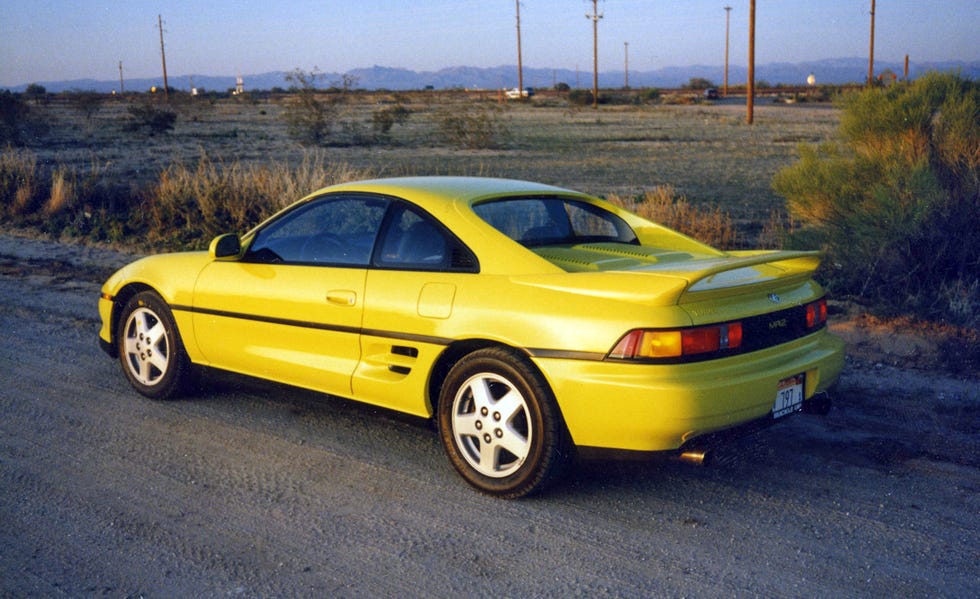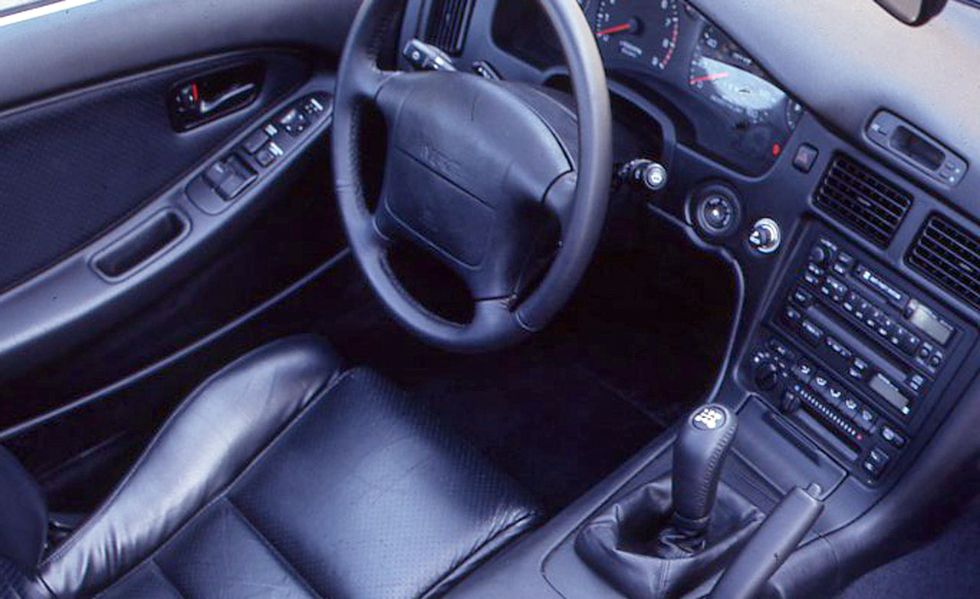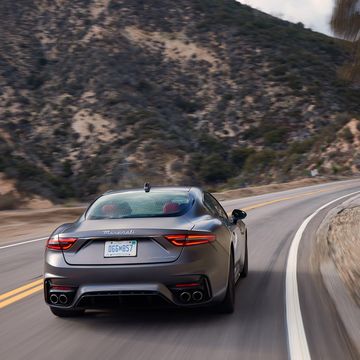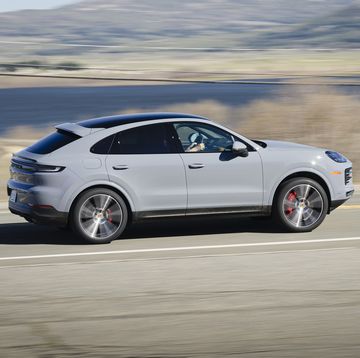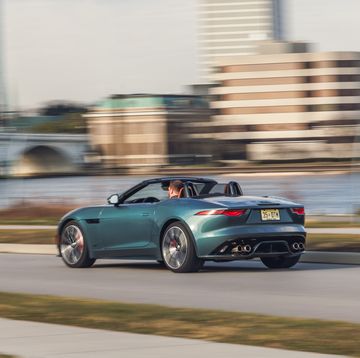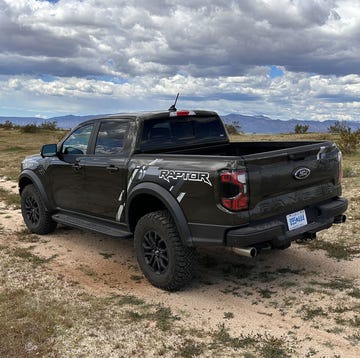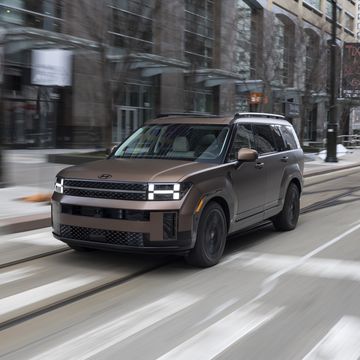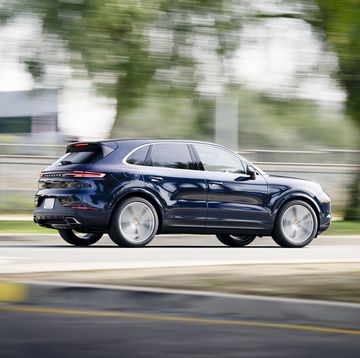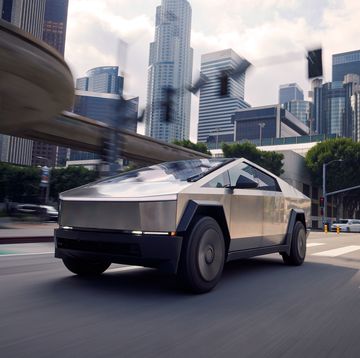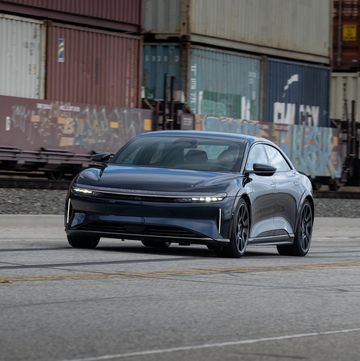From the May 1992 issue of Car and Driver.
Poke an automotive journalist hard enough and he'll admit that had it not been for cruel twists of fate, he would be celebrated not as a simple scribe but as perhaps the fastest, bravest Grand Prix driver in history. So it was when a dozen or so of these undiscovered eminences recently gathered at sun-bleached Firebird Raceway near Phoenix to evaluate an updated version of Toyota's neatly packaged MR2 mid-engine two-seater. The venue was Firebird's twisty one-mile test loop, which is employed primarily by the CART Indy-car set to evaluate gearboxes and suspension setups for street races.
But on this day the mission was twofold: first for Toyota to demonstrate that the MR2's wonky oversteering rear-suspension geometry had been corrected, and second, to enable the aforementioned scriveners to hone their skills in case a major team owner appeared to sweep them to stardom. (In fact, Indy superstar and Lexus dealer Bobby Rahal did drop by for a few test laps in an MR2, but he departed, surprisingly, without signing any of the assembled talent.)
The press continued to hammer around the road course for endless laps, percolating brake fluid and shredding tires, but it became obvious after but a few miles that Toyota had solved the problem that prompted the gathering. This was a great relief to the factory reps, because the slickly shaped second-generation MR2 introduced as a 1990 model could be a handful when pushed to the limit—especially on racetracks and especially in the upscale turbocharged version. Under full-boost hard cornering, with the rear suspension at full compression, the back wheels toed-out, causing radical, often terminal, oversteer.
Although this behavior never became very severe during hard street driving, Toyota drivers competing in IMSA's Firestone Firehawk series discovered the quirk, often returning to the pits after a few quick laps with white knuckles and ashen lips. "The cars were insane," says one team member. "In the middle of a corner they'd want to swap ends, and even really talented guys like P.J. Jones had trouble catching them. Worse yet, the shift linkage was notchy and the brakes were below par. With 260 horsepower (up from 200 in stock trim), we could blow off the Porsches on the straights and then get hammered under hard braking for a corner."
The Toyota engineering staff quickly pinpointed these flaws and spent the intervening months creating the fixes that led to the session at Firebird. Ironically, budget constraints have forced the cancellation of Toyota's 1992 IMSA Firehawk racing program, but the improvements make the MR2 an appreciably more manageable and attractive package for the highway.
The primary improvement was wrought by adding 98mm (3.9 inches) to the length of the rear lateral links and raising the attachment points of the rear trailing arms by 3mm. These alterations not only cured the toe-change during cornering, but they also decreased the lift and squat under hard braking and acceleration that handicapped the earlier models.
Tire and wheel size were also boosted to enhance handling and to accommodate larger front and rear brake rotors. The latest MR2 will ride on Yokohama A022 195/55VR-15s in front (previously 195/60VR-14s) and 225/50VR-15s in back (increased from 205/60VR-14s).

